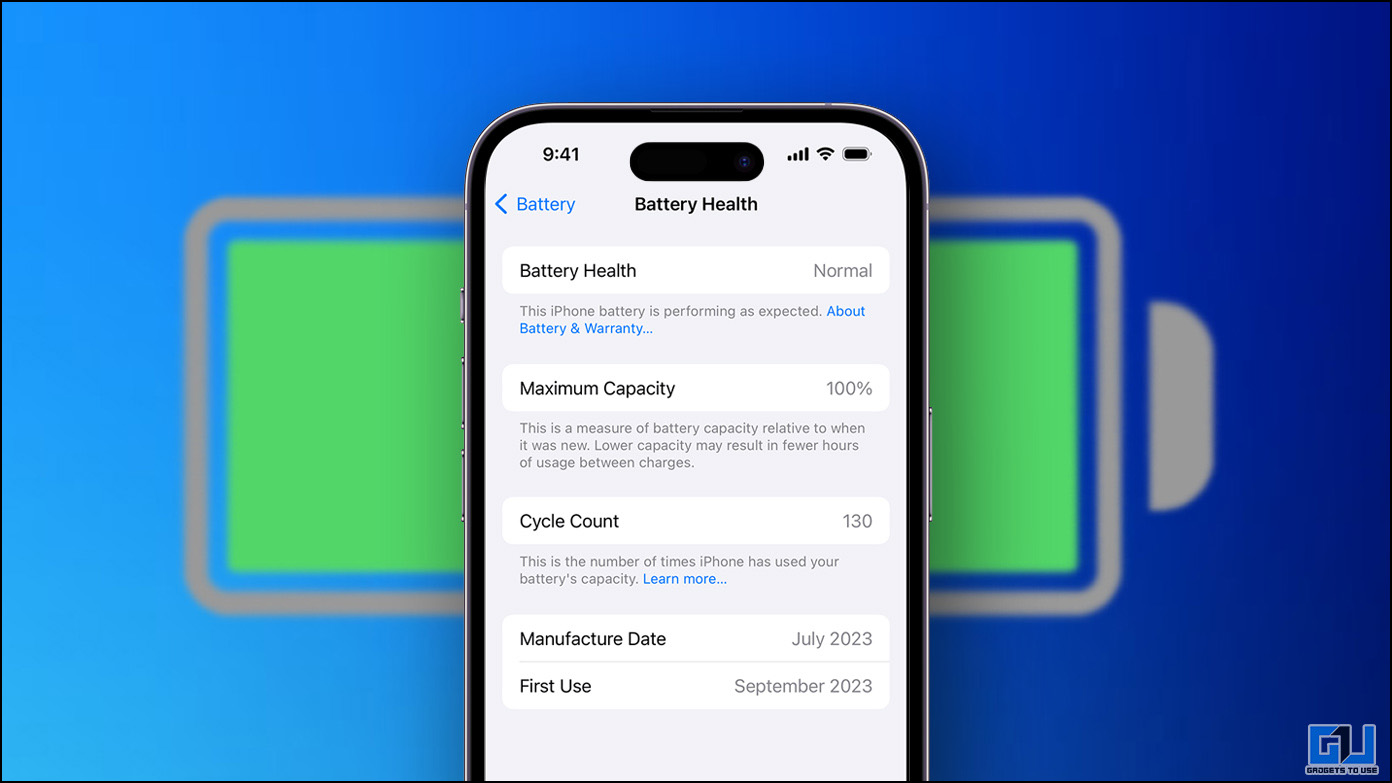Manufacturers have been showcasing RRAM (Resistive Random Access Memory)based future storage technology for some time and now researchers at Rice University, led by Chemist James Tour, have announced a big breakthrough which will allow manufacturers to make RRAM Storage chips at room temperature using conventional production methods and this means we are more closer to smartphones with up to 1 TB of faster storage
“This memory is superior to all other two-terminal unipolar resistive memories by almost every metric,” Tour said. “And because our devices use silicon oxide — the most studied material on Earth — the underlying physics are both well-understood and easy to implement in existing fabrication facilities.”
Basic Concept of RRAM
The traditional NAND flash storage in your smartphone degrades in performance after it has been written on several times and this means it has limited lifetime. RRAM based chips won’t suffer from this issue. As all data is stored in memory in forms of 0’s and 1’s, RRAM uses Narrow conduction paths in di-electric material as 1 (instead of transistors in NAND Flash) and their absence as 0 and since such conduction paths can be formed and broken thousands of time, and RRAM chips will enjoy better longevity. The forming voltage required for these paths in dielectrics is less than 2V.
Why RRAM should matter to you?
The first and foremost reason for consumers to cherish is that they will get to store gynormous amount of data on their portable devices. This is good news for those who don’t like to keep their content on the cloud.
Recommended: What Does RAM and ROM means on your Smartphone and How does it Matter?
Apart from increasing the storage size, RRAM also brings several much needed improvements to your smartphone storage. The RRAM based chips will be cheaper and 20 times faster than conventional NAND Flash storage. Stacking of several layers to improve capacity is also easier as compared to Nand flash storage. More over it will be more power efficient.
Why Rice University research is important?
Rice university has used porous silicon oxide in RRAM which significantly reduces forming voltage(conduction paths can be formed with less than 2V). This also eliminates the need for fabricating edges, which means manufacturers can simply drop electrodes in Porous silicon oxide for convenient fabrication.
Other benefits include increased endurance cycles, room temperature fabrication and multi bits capacity(9 bits per cell). All of this will be much more appealing to memory companies and brings RRAM several steps closer to being a reality.
When will RRAM chips be available on your gadgets?
Crossbar will start manufacturing its 1TB chips in 2015, but it will still take some time for the technology to reach your smartphones. Hunt for replacement of NAND Flash storage is on and Resistive RAM is a viable replacement option which has good chances of reaching your smartphones sooner than other budding technologies. These chips however won’t be replacing Dynamic RAM in your smartphones.
“This is a major accomplishment, and we’ve already been approached by companies interested in licensing this new technology,” – Said James Tour



